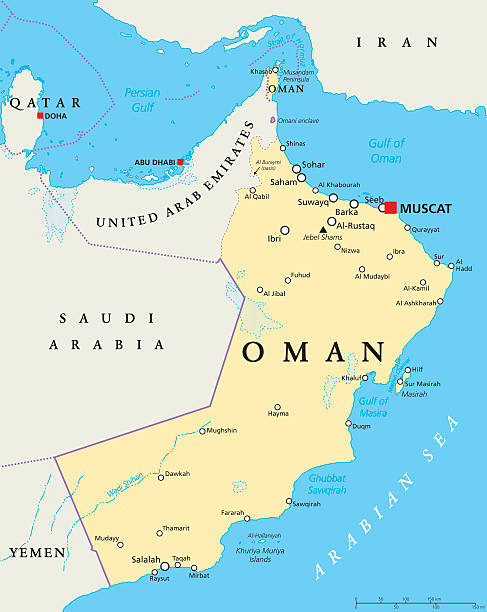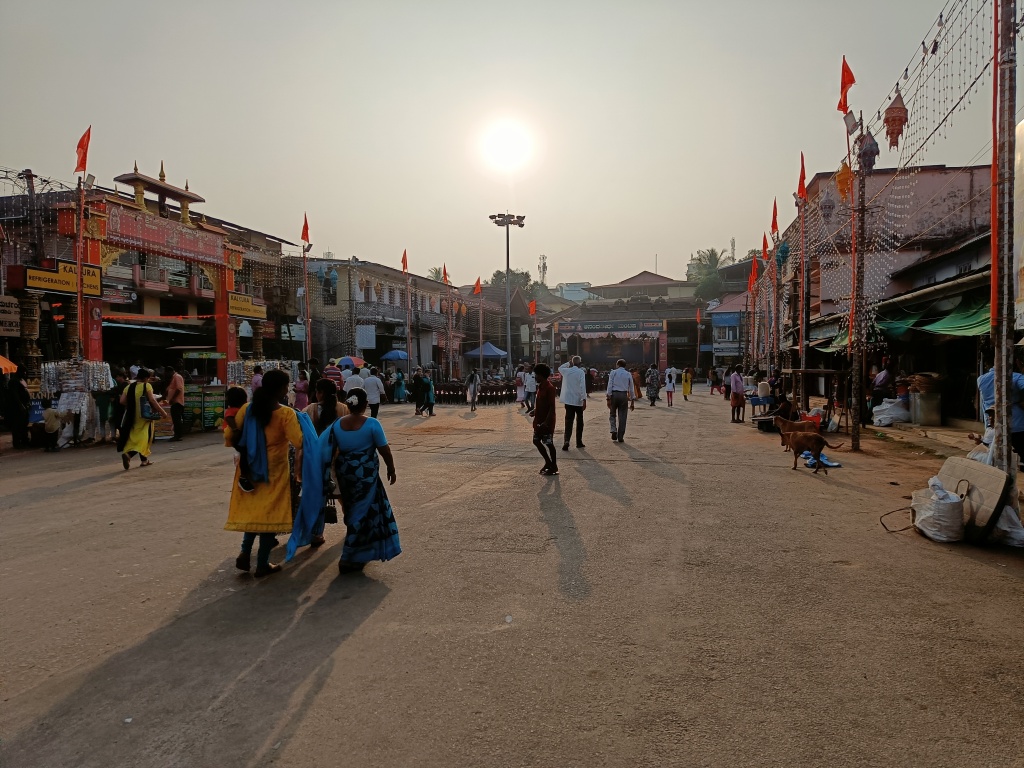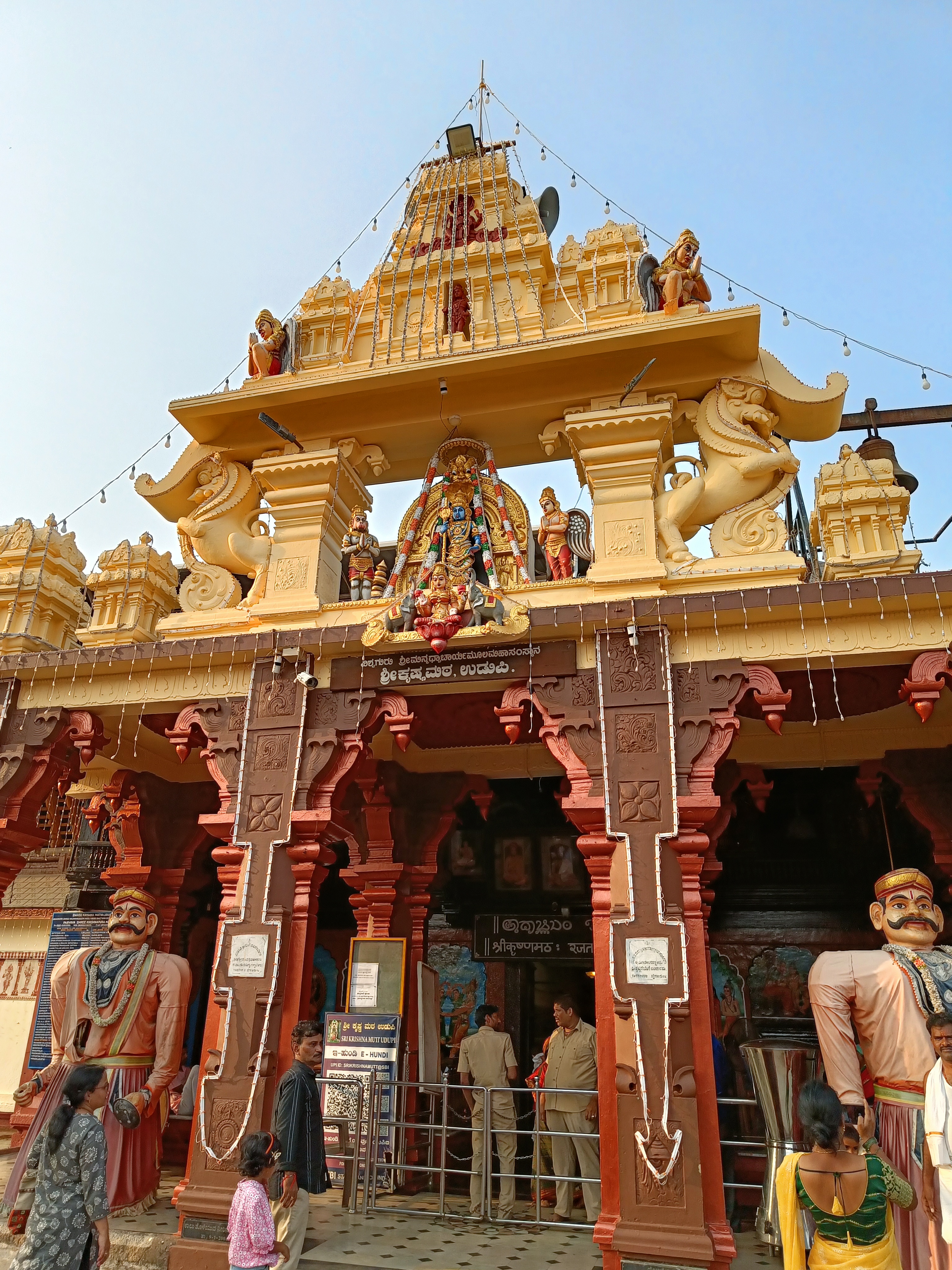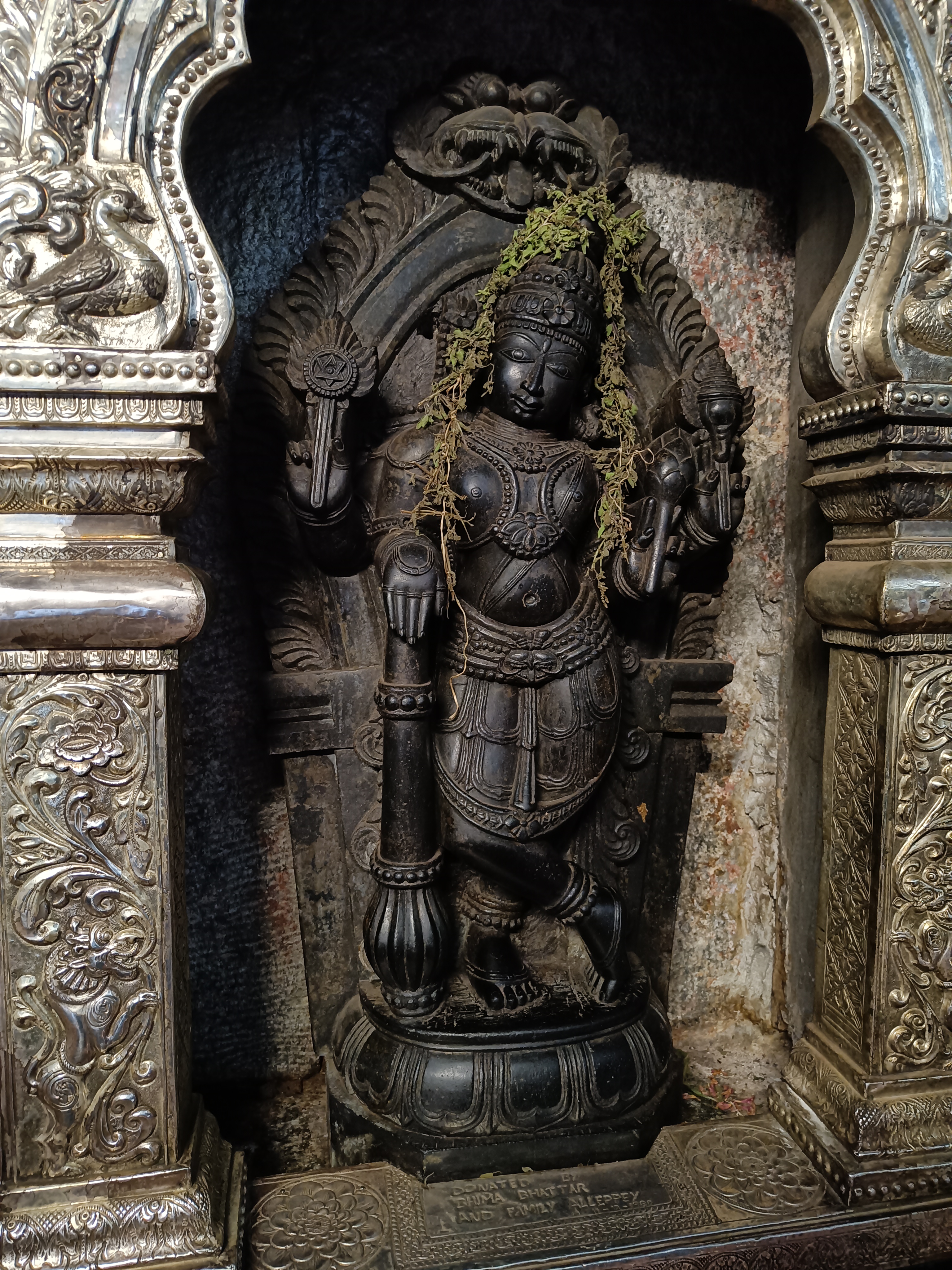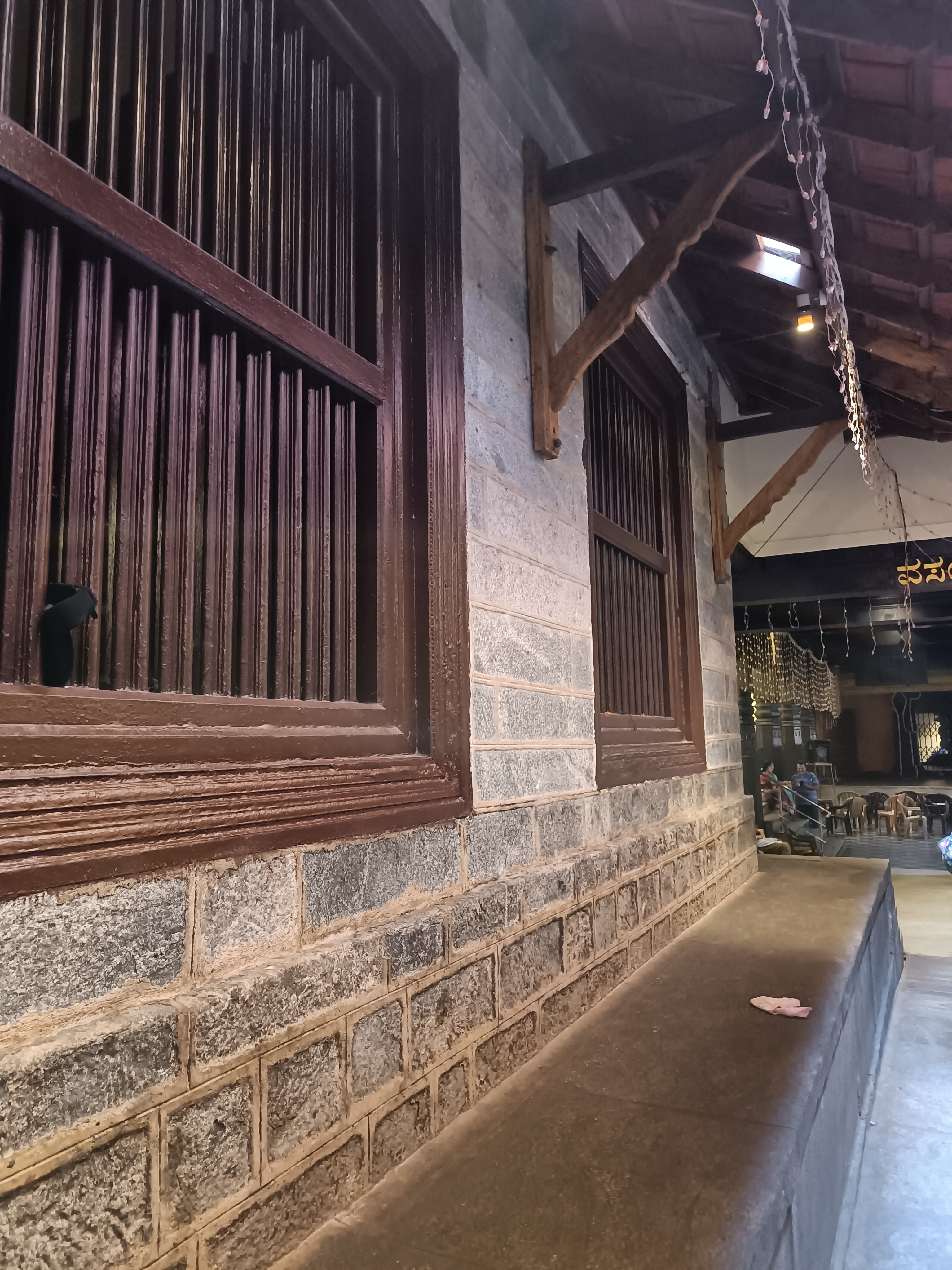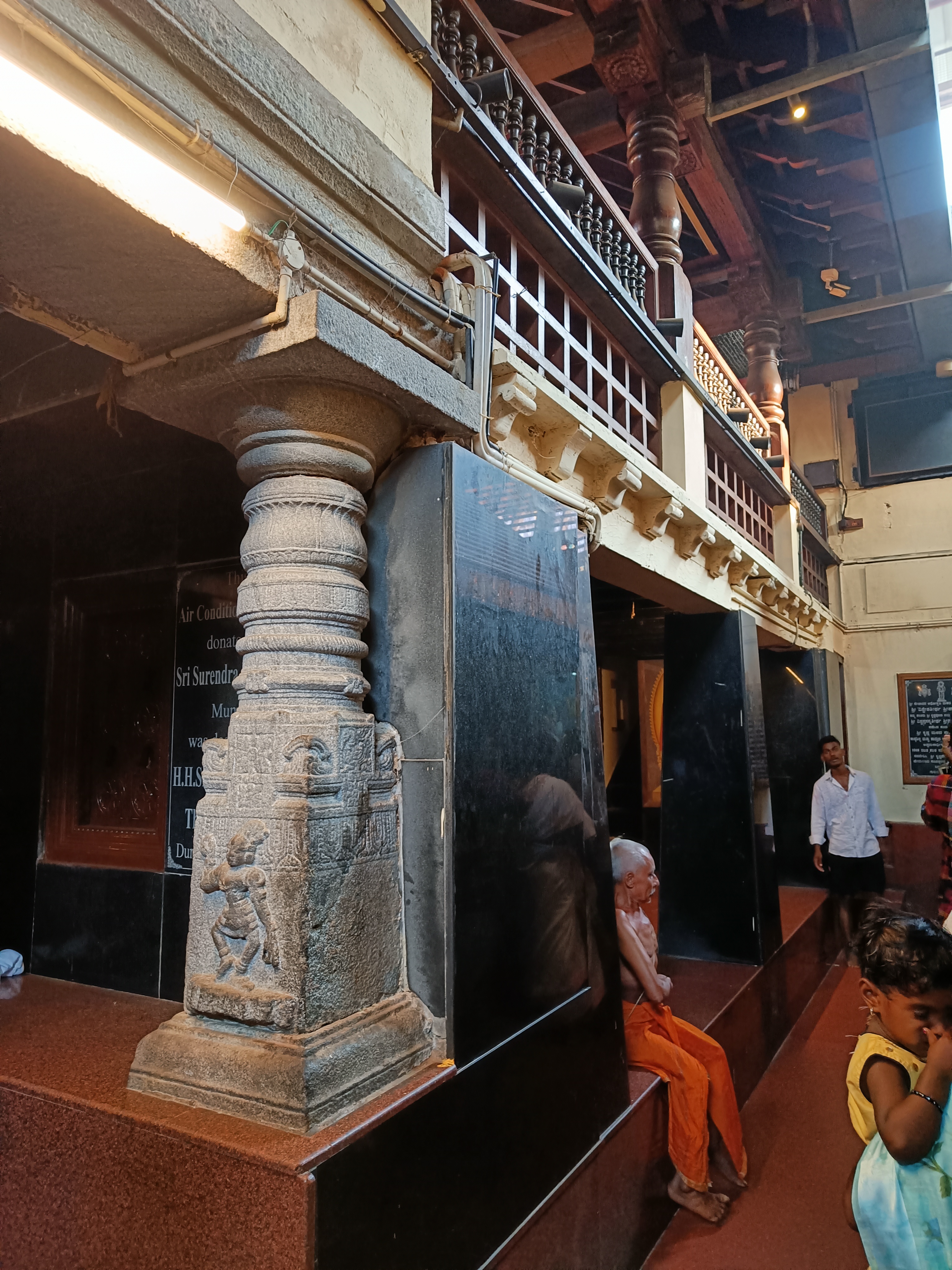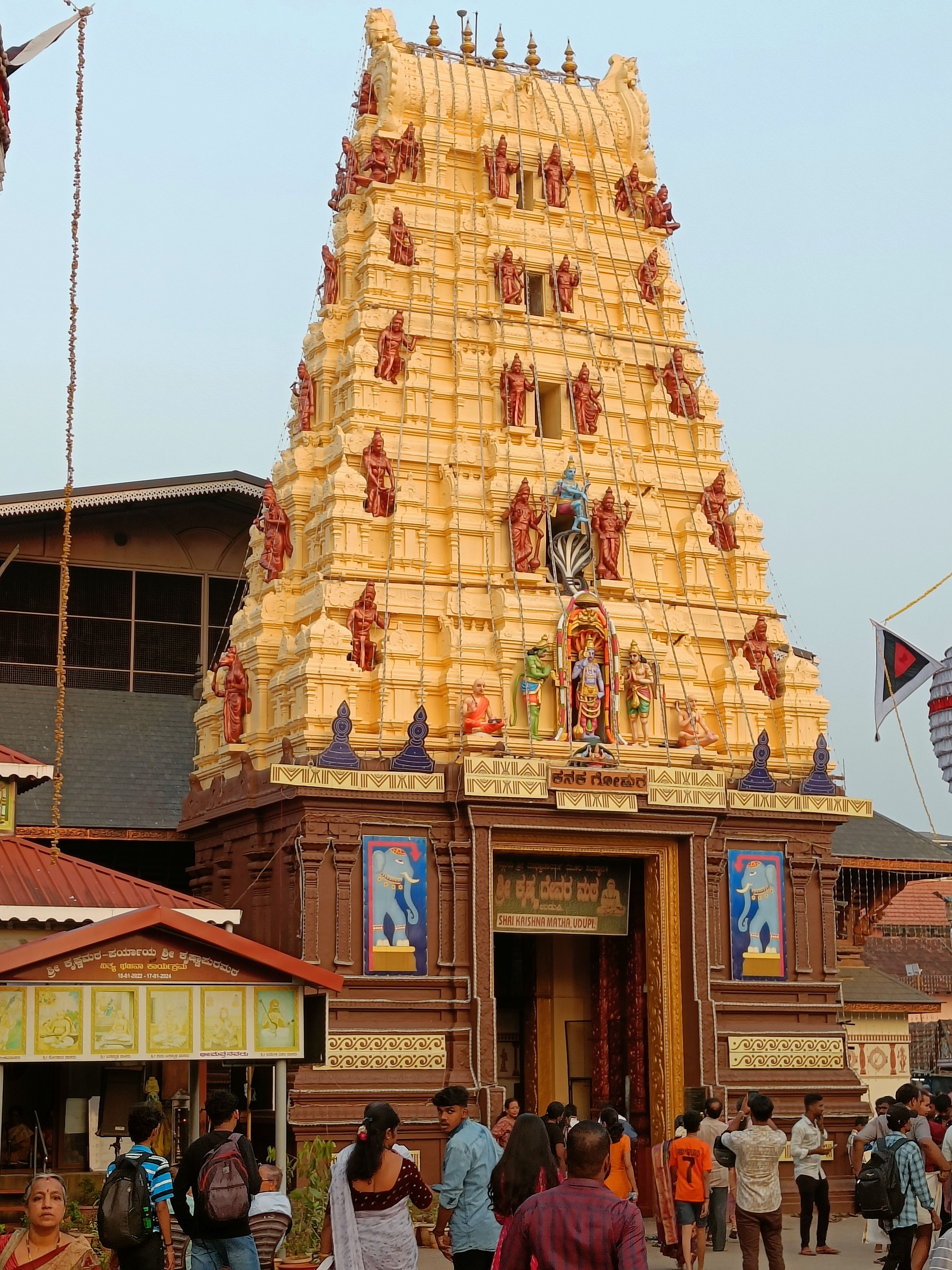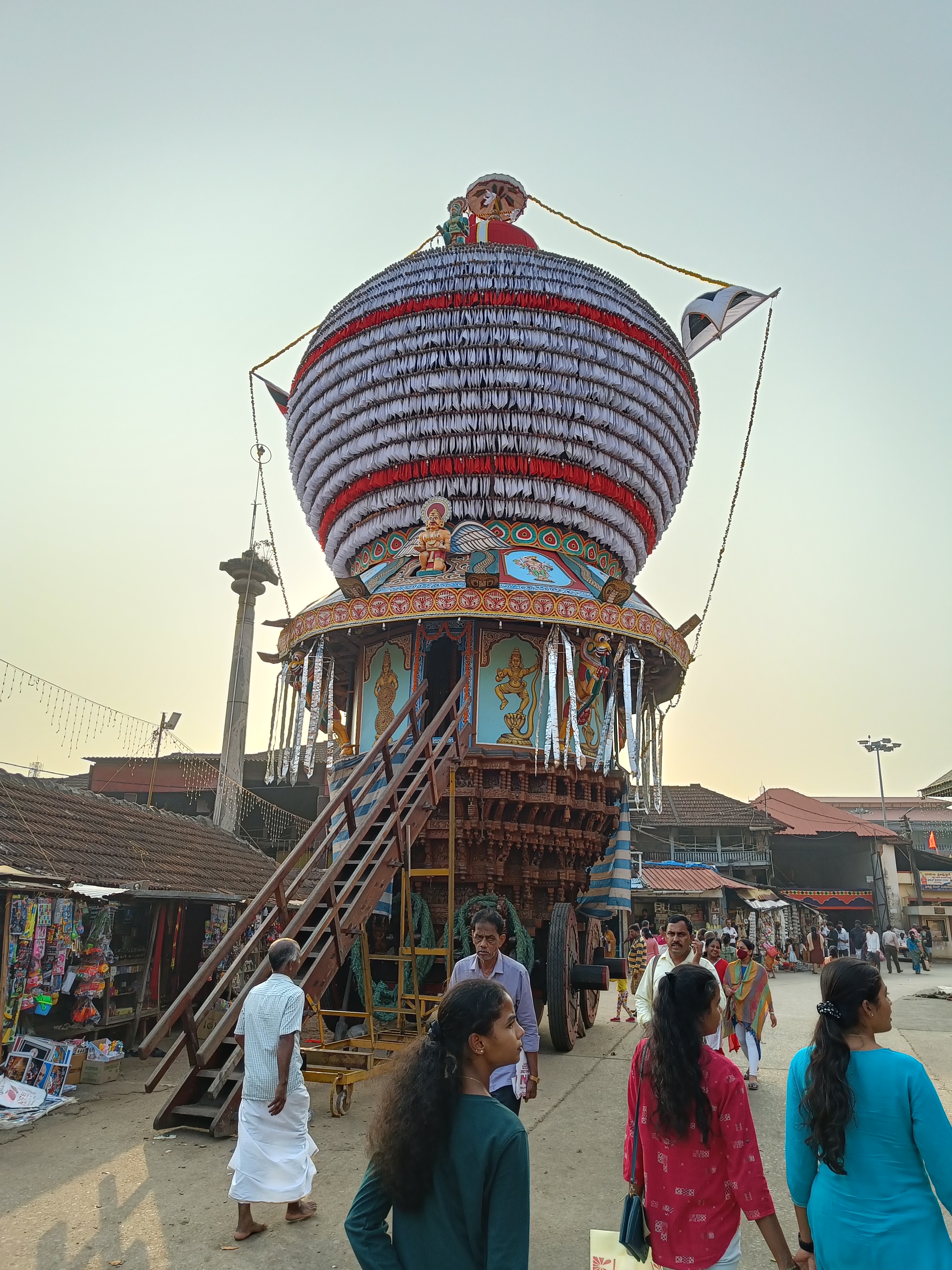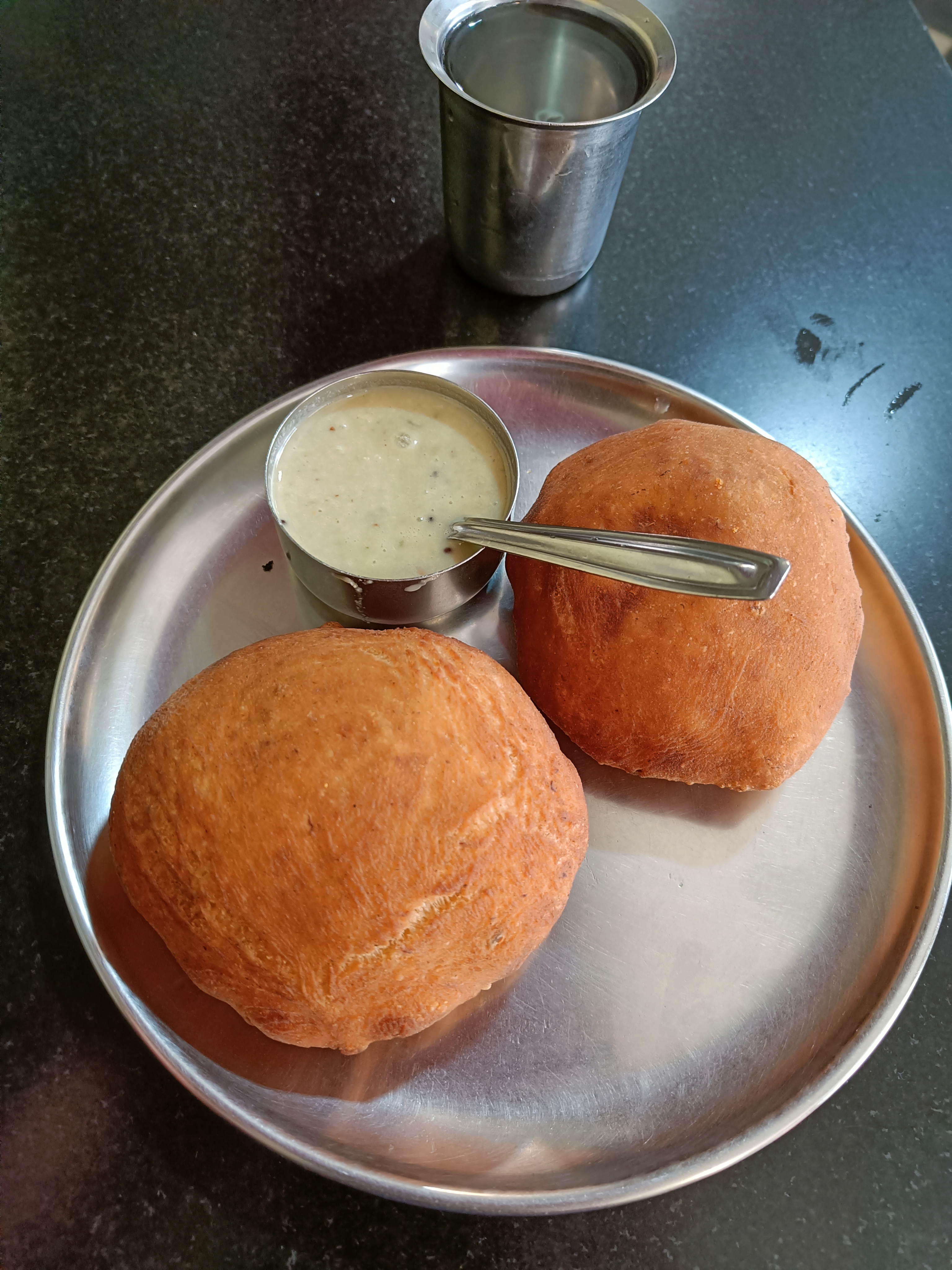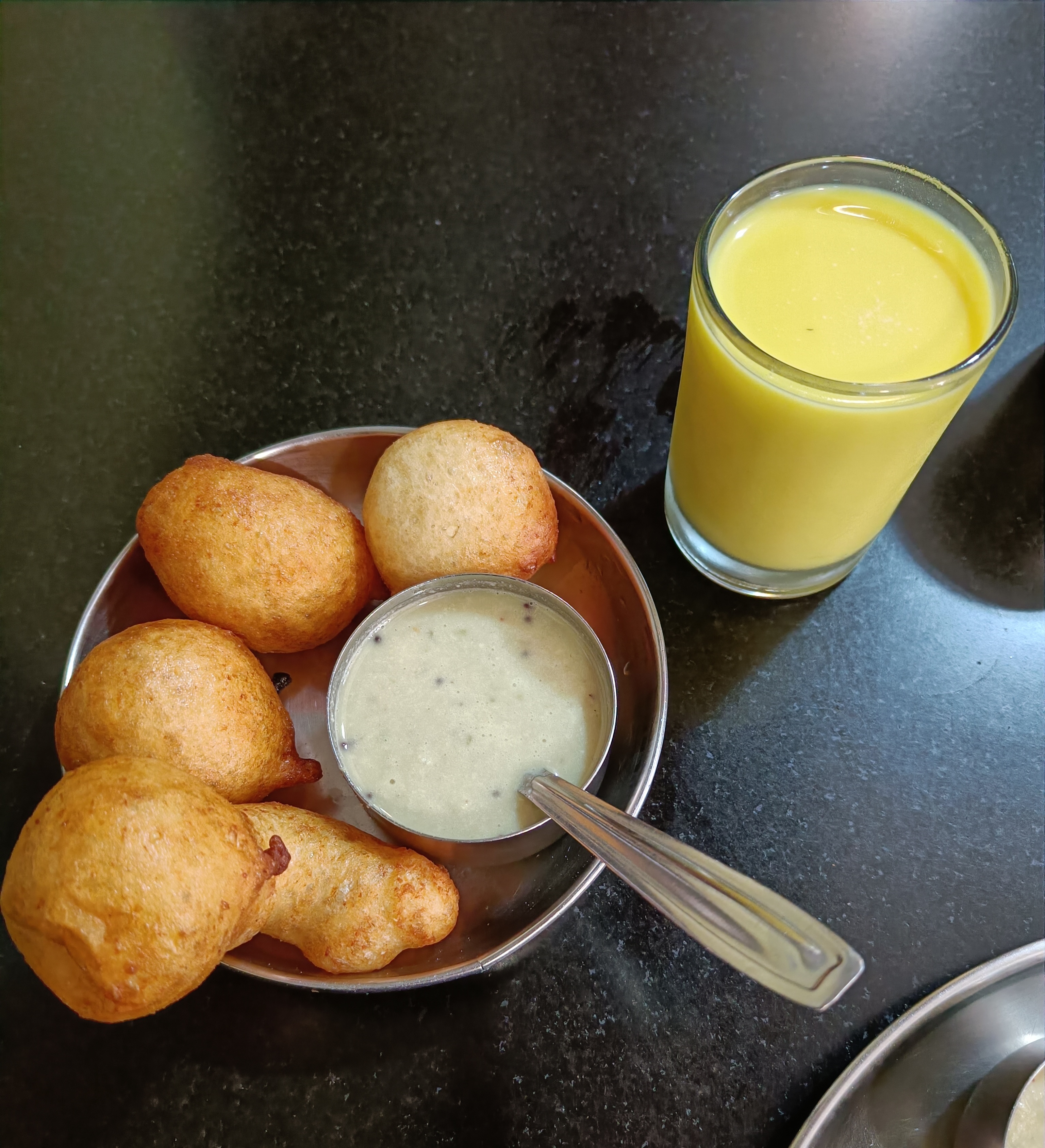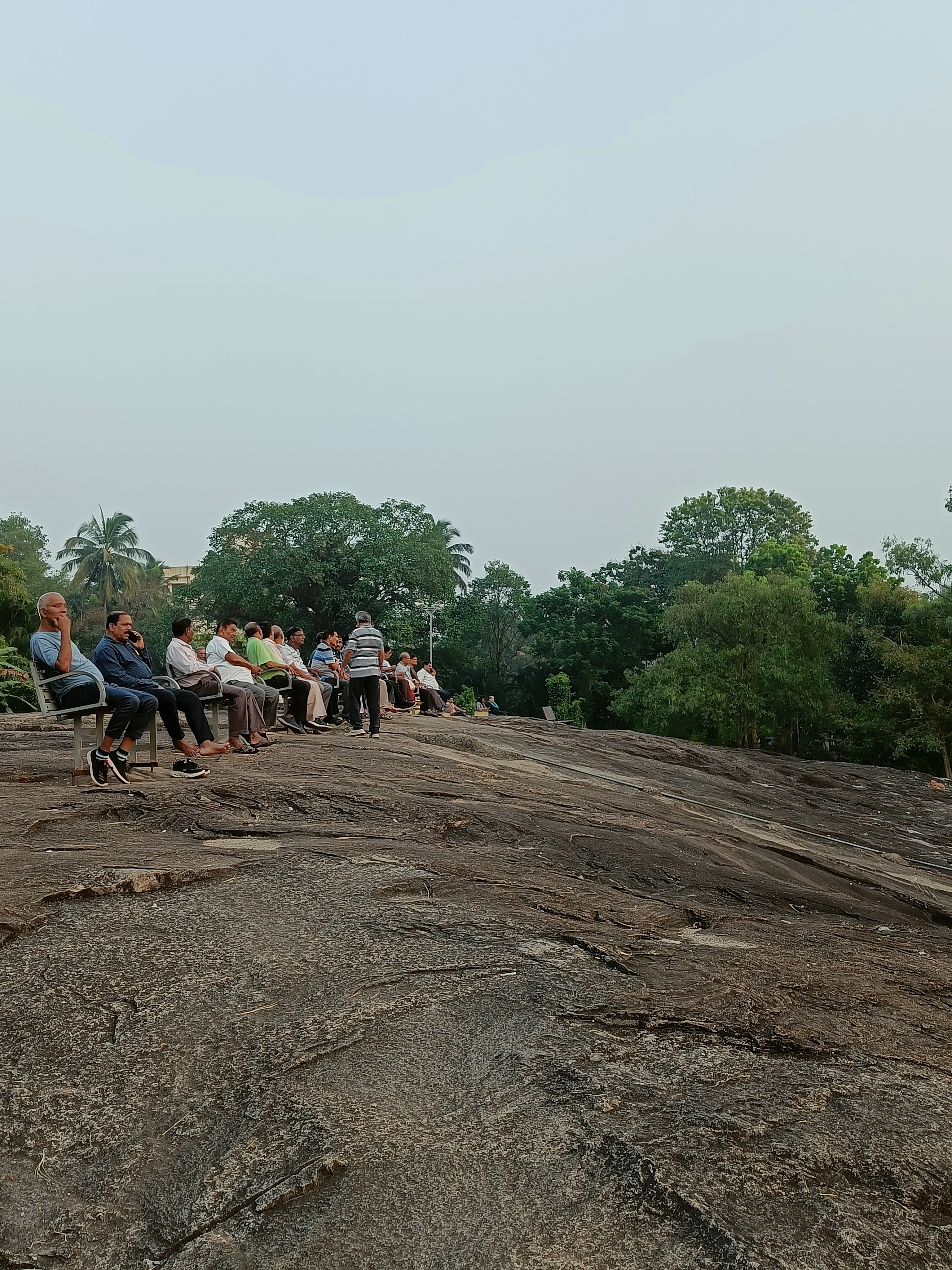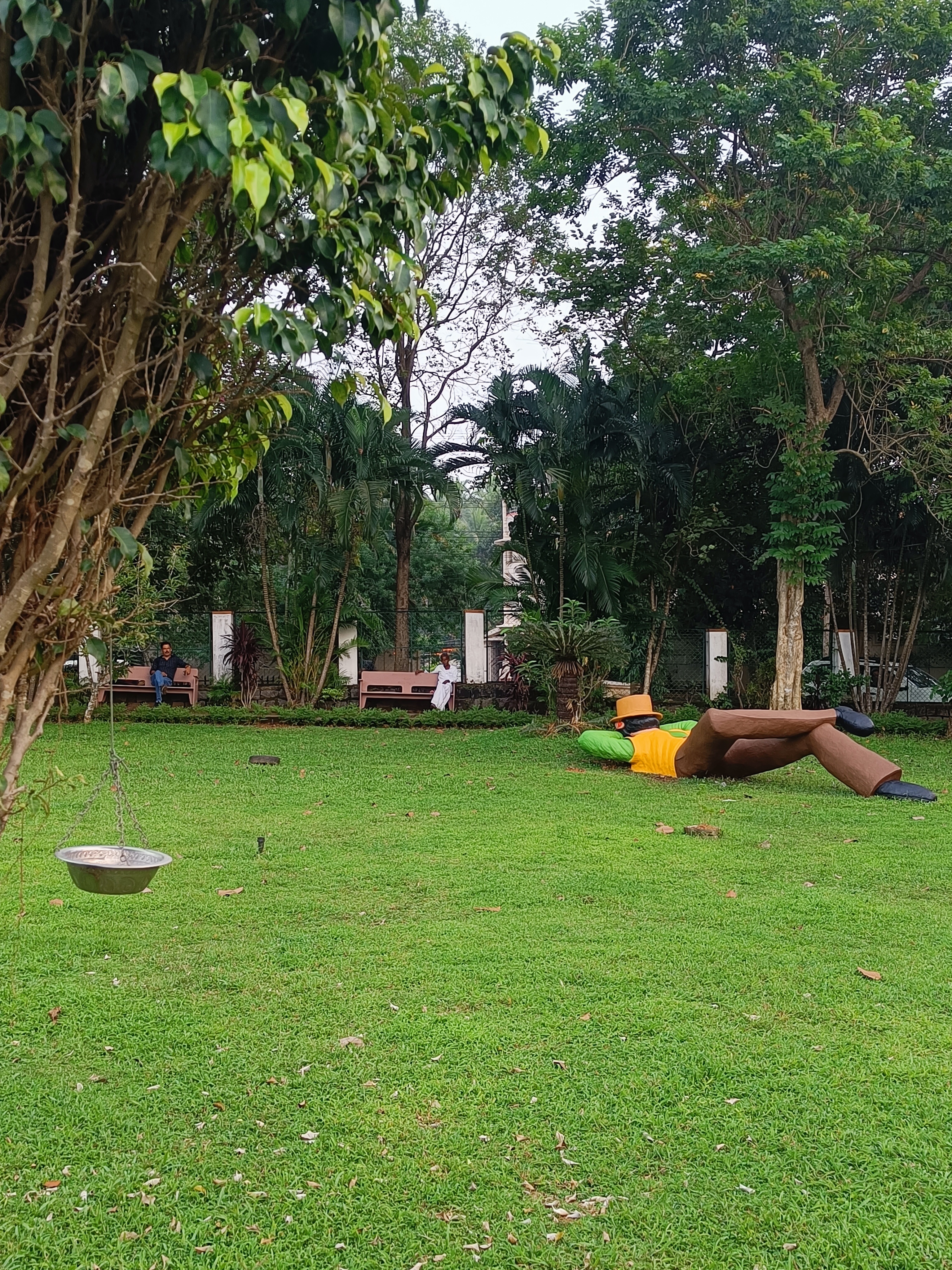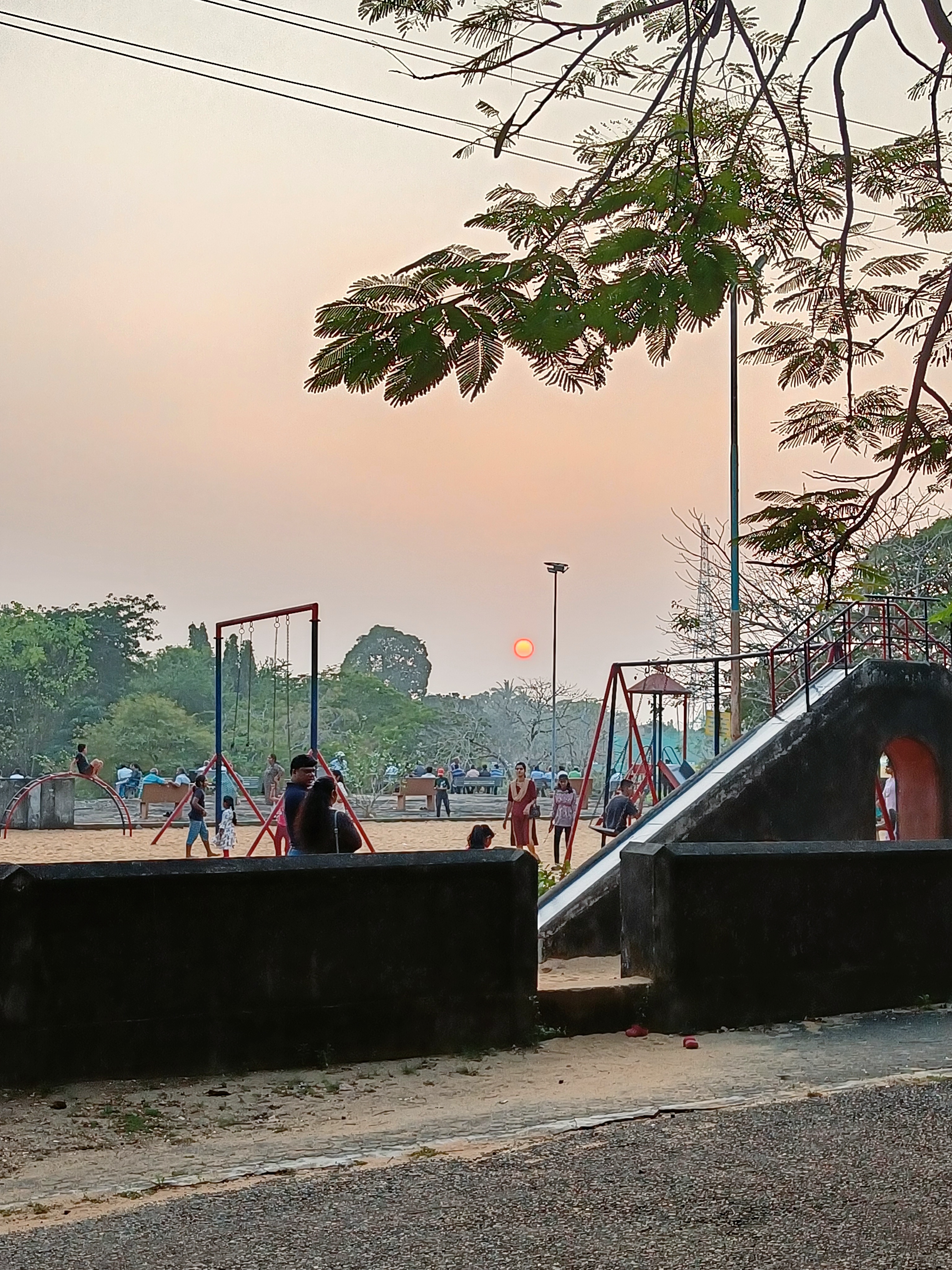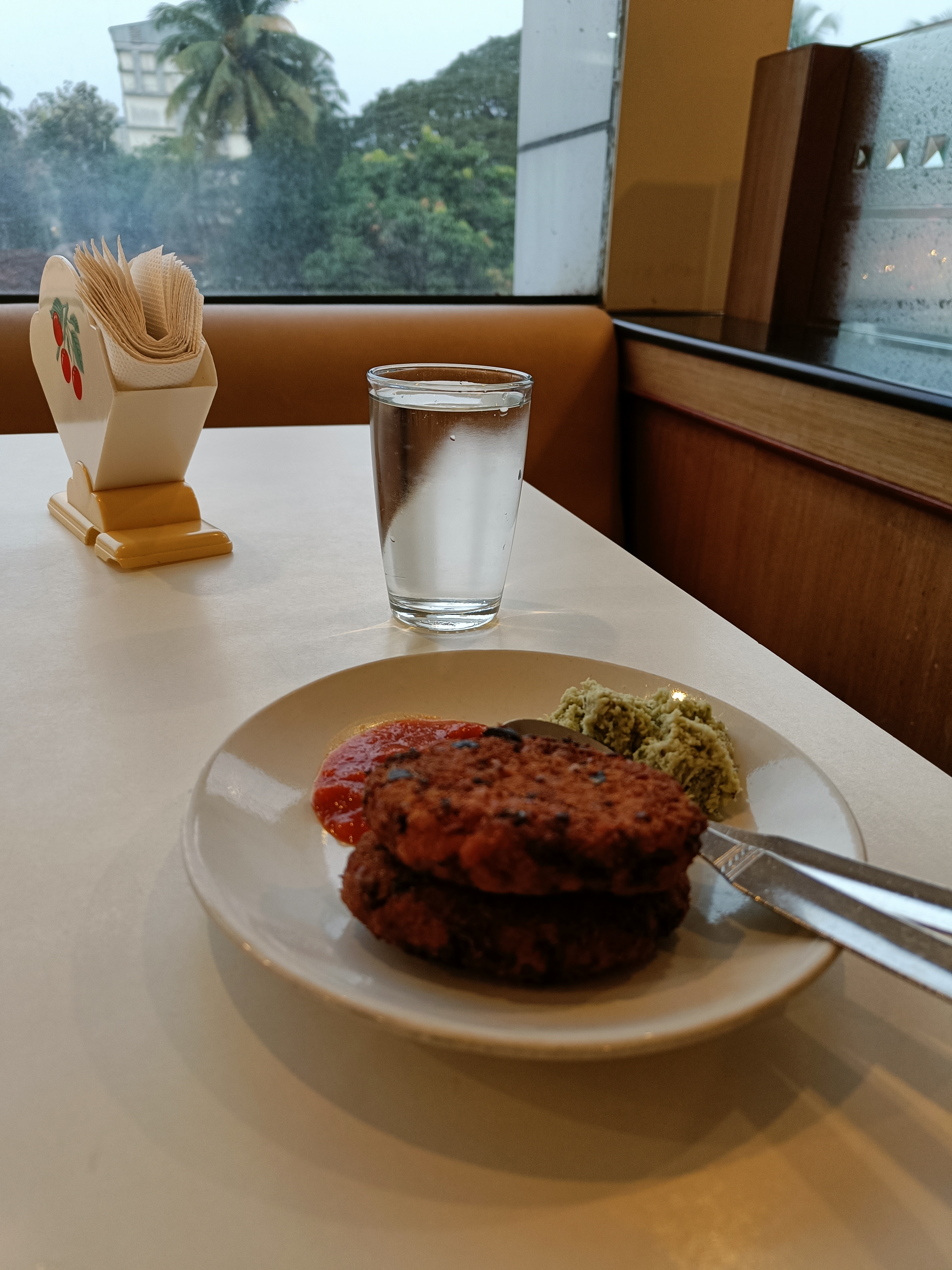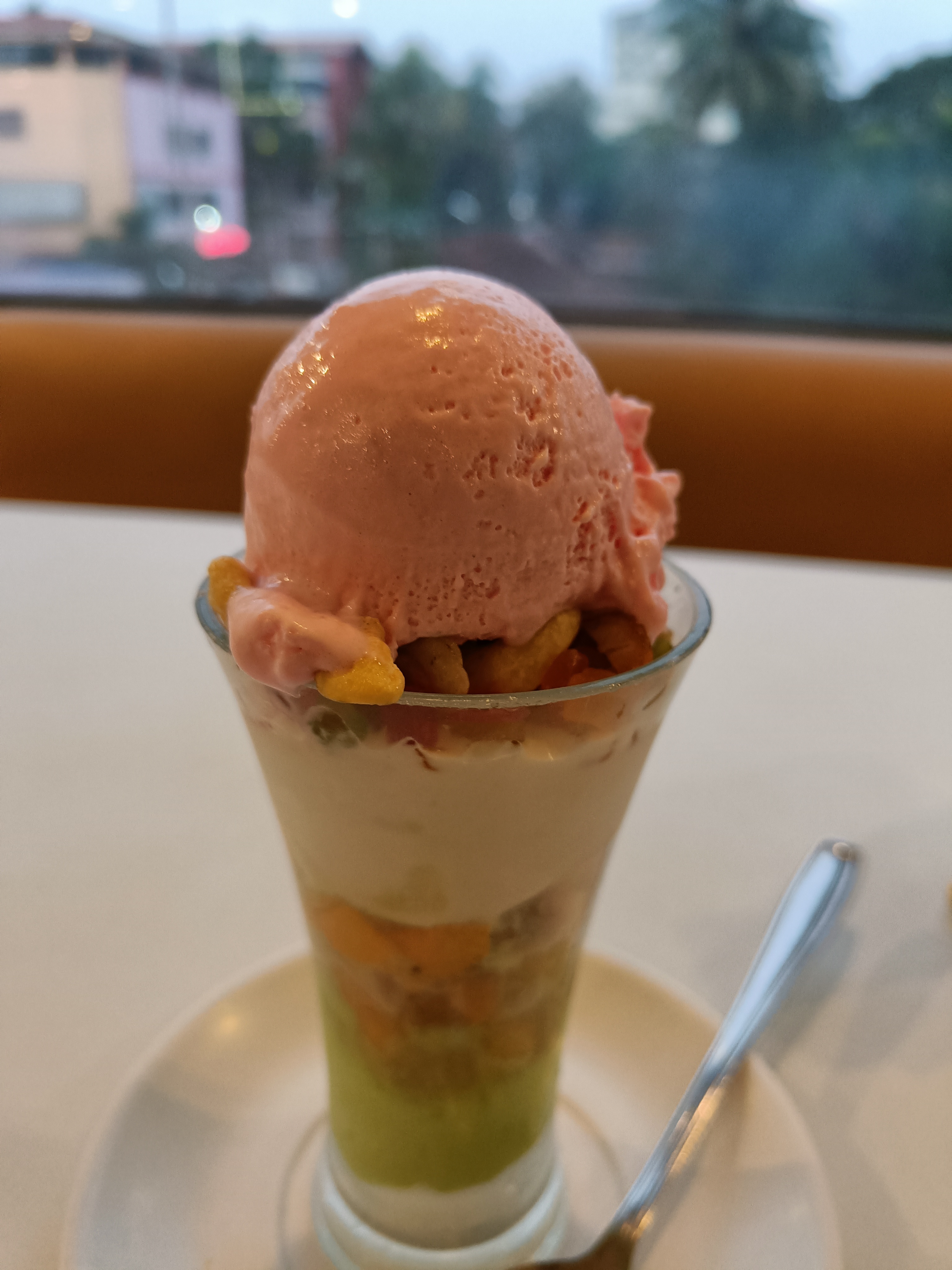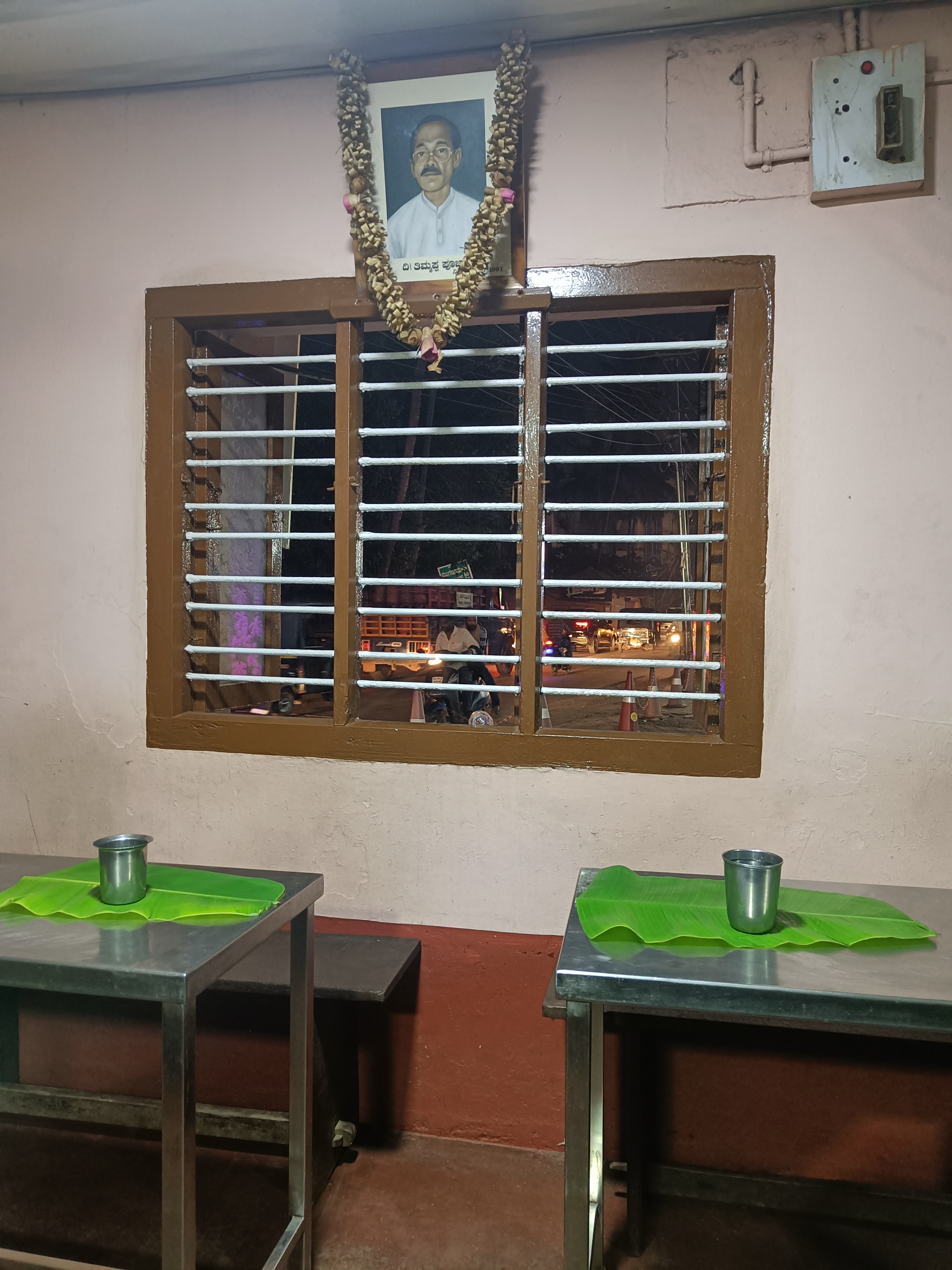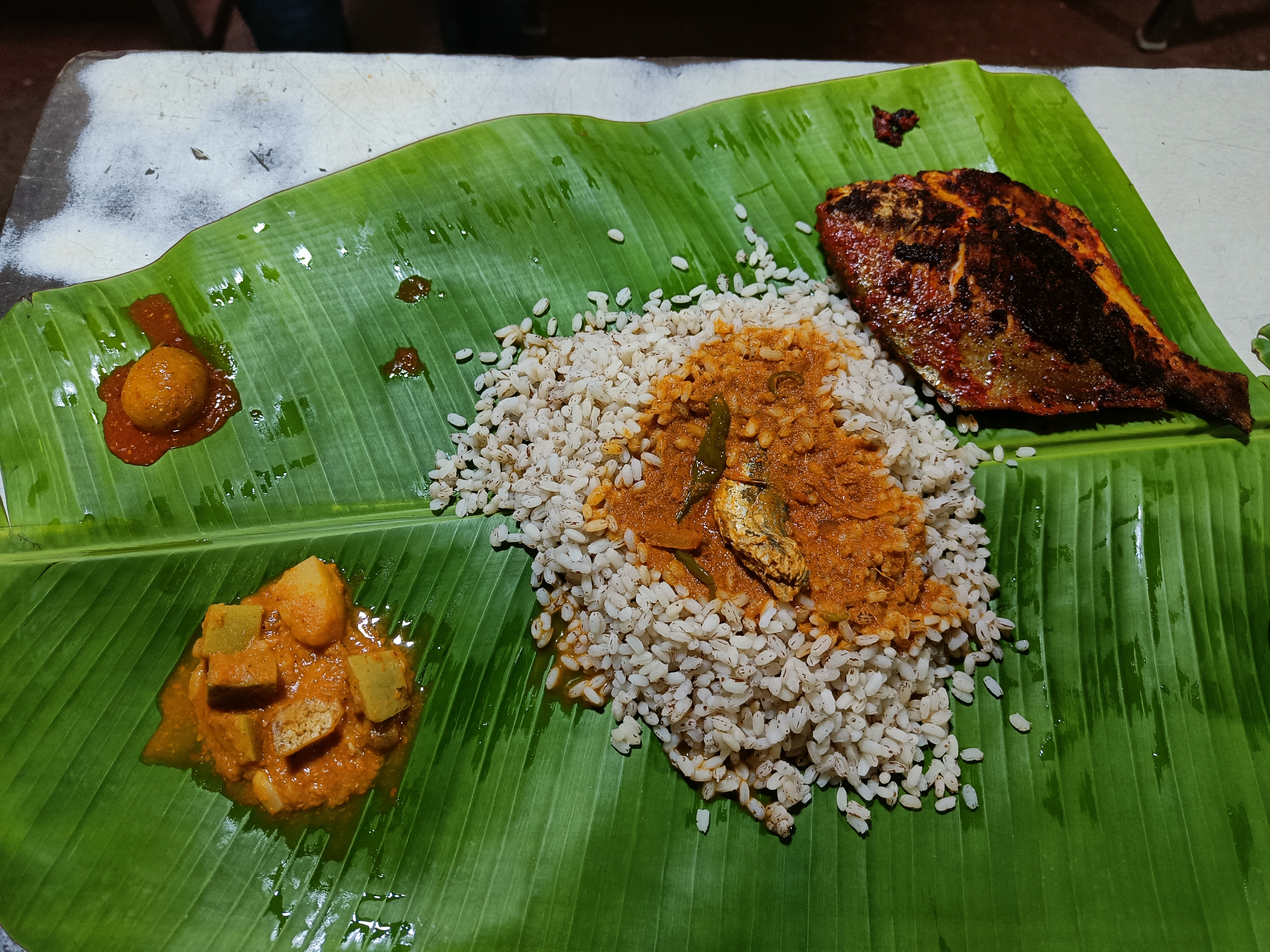For Kiddu, for reminding me why I need to teach.
After nearly two years on my path as a lecturer in a medical college, I sense it’s the moment to pause and ponder. Have the past two years been fulfilling? Undoubtedly. Will the future hold the same? I’m a tad bit skeptical. Comparing my current position as a lecturer in a medical college to my previous roles at a research institute and an NGO, it’s the least lucrative financially. Yet, even if I’m not directly involved, the sense of fulfillment derived from witnessing someone’s growth in the medical field keeps me motivated. If we examine the principles of Ikigai, the Japanese concept of ‘Reason to live,’ I find myself squarely in the intersecting realm of ‘What you love’ and ‘What you are good at,’ leaning strongly towards Passion. However, there’s a downside to this approach. Ikigai focuses solely on the individual’s fulfillment without considering how society perceives one’s pursuit of passion. While purists may urge boldness and single-minded dedication, the reality, especially in teaching, is quite different. Navigating today’s students’ intricacies and inner thoughts is a constant battle. I’m still grappling with what truly motivates them. Sometimes, engaging in conversations about academics or life feels like drifting without direction, leaving me feeling more lost than the students themselves. Moreover, at times I encounter a group of students who seem to lack strong opinions, adding another challenging layer. It’s like being in a maze of complexity when people withhold their thoughts and feelings.
Then what keeps me going? To understand what is my role as a teacher I remind myself of Kahlil Gibrans famous verses on teaching
No man can reveal to you aught but that
which already lies half asleep in the dawn-
ing of your knowledge.
The teacher who walks in the shadow of
the temple, among his followers, gives not
of his wisdom but rather of his faith and
his lovingness.
If he is indeed wise he does not bid you
enter the house of his wisdom, but rather
leads you to the threshold of your own
mind.
- Kahlil Gibran
This is what maintains my sanity during teaching sessions. My understanding stems from interactions with people and extensive reading. Now, my responsibility lies in conveying this knowledge rather than internalizing it. My sole focus is on passing the beacon of enlightenment. I understand that not everyone will resonate with my perspective; rather their outlook on life will largely be shaped by their family and social circles. In this journey, I walk alongside them, carrying the torch yet never positioning myself ahead of them.
Teaching, particularly at the undergraduate level, has its drawbacks. The repetition of topics can feel mundane, prompting questions about the purpose of such endeavors. However, each student represents a unique individual, a fresh opportunity to impart knowledge and inspire growth. Personally, I struggle with remembering names, especially with a batch of 150 students. Yet, I can boast of possessing a talent for recalling their achievements and aspirations, which enriches my teaching experience.
Reflecting on my journey, I realize that the essence of effective teaching lies not solely in the subject matter but in the way it is conveyed. While I may not boast exceptional academic prowess, I take pride in cherishing the intricacies of my students’ lives. Whether it’s acknowledging Ms. X’s beloved dog, Shero, or recognizing Mr. Y’s visit to Pondicherry, these details matter. Ms. A’s prowess in the long jump, Ms. B’s fondness for cheesecakes, and Mr. Z’s remarkable artistic talent—all contribute to the tapestry of human connection within the classroom.
Some may perceive these anecdotes as mere distractions, but I disagree. They are reminders to our shared humanity, changing the landscape of the educational environment and disrupting monotony. Ultimately, it’s these personal connections and emotions which breathe life into our teaching endeavors, fostering a sense of belonging and rapport among us all.
I also had a short stint teaching online. During this time, I struggled with a fundamental issue: the inability to gauge my students’ reactions. How does one engage with a screen for long periods, completely unaware of the expressions on their students’ faces? I yearn for and thrive on those telltale signs – the expressions of awe, delight, and laughter. These cues fuel my passion and drive, empowering me to deliver my best in the present moment.
I must also acknowledge the profound moments when a student becomes a teacher. Such instances have been gratifying beyond measure. Last year, one of our students made a remarkable painting during a camp that we conducted in rural parts of Bangalore.
What made it even more special was when our department chose it as the cover page for our planner. As a result, I started each day with this painting, and its impact was beyond words. It served as a poignant reminder of my purpose.

The power of imagery to convey profound messages comes to light with this canvas. It captures the essence of a trait that I truly believe in; the importance of listening. As depicted, the student leans attentively toward the elderly woman, patiently waiting to know what matters most to her. Thank you Aditi for this remarkable piece of art, which continues to inspire and resonate with all of us. Indeed, I often utilize this unique painting to introduce the field of Humanities and its significance within the medical stream.
So, what ultimately motivates me? This profession is marked by joy and sorrow, but I believe such experiences are universal, regardless of one’s profession. Then, what sets this profession apart? The torch of wisdom is undeniably fierce. Passing it on can be a heavy responsibility for the teacher, but it yields a lasting impact when embraced correctly. Recently, I came across the book “Tuesdays with Morrie,” and I wholeheartedly recommend it to anyone in the teaching profession. There’s a quote from the book that particularly resonates with me, shedding light on the essence of why we do what we do.
“A teacher affects eternity; he can never tell where his influence stops”
– Henry Adams



